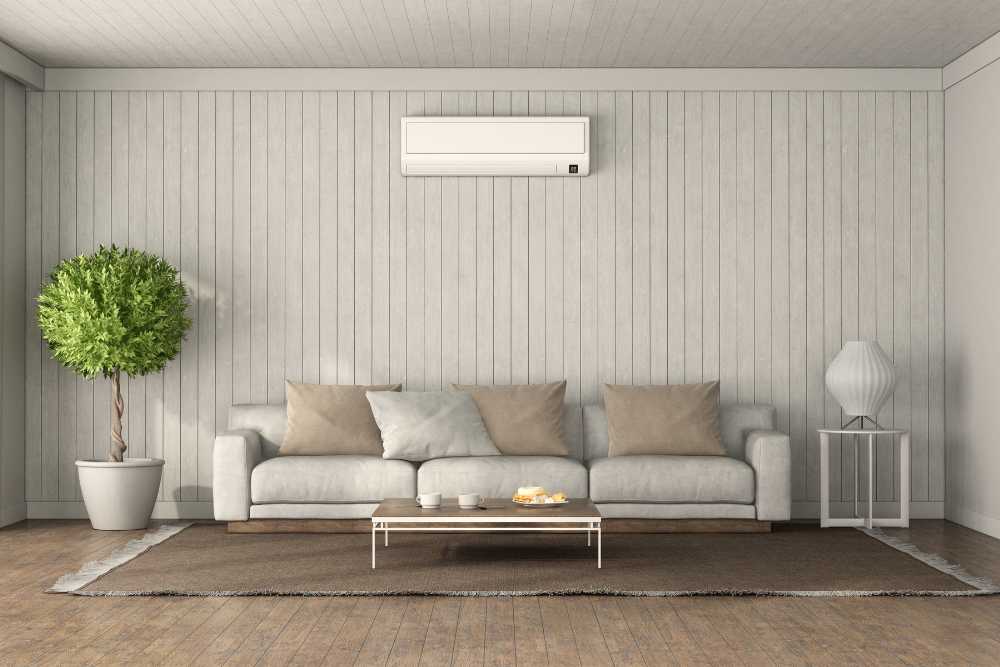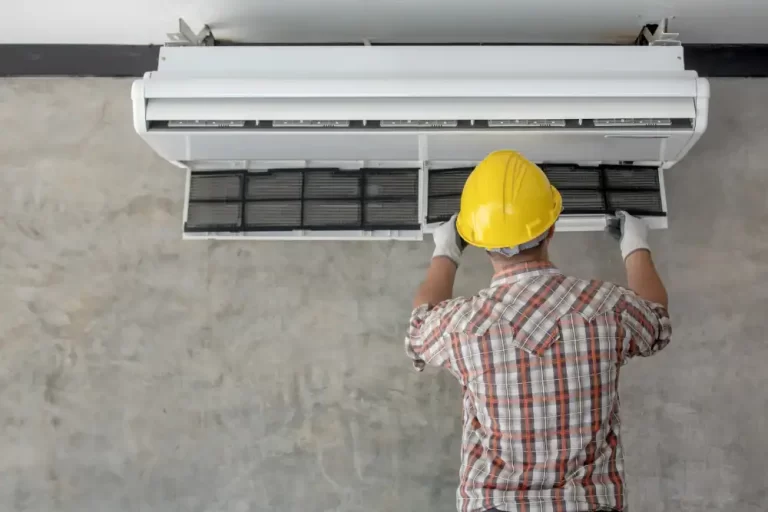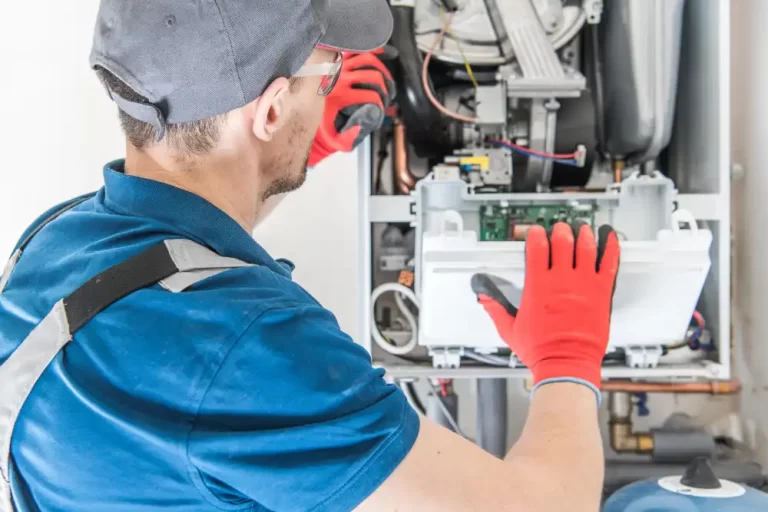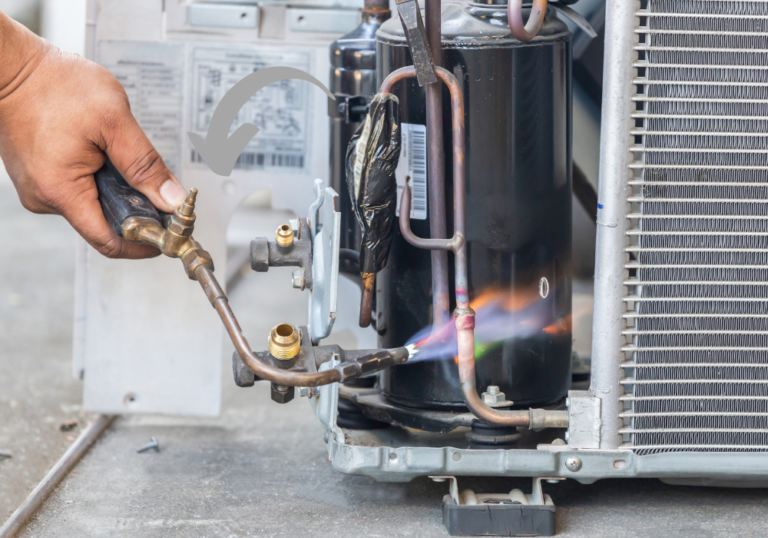Heating with an air conditioner is indispensable during the off-season when it’s already cold outside, but central heating hasn’t been turned on yet. Let’s clarify right away that the heating function, or “winter” mode, isn’t available on all air conditioners. This should be determined during purchase and taken into account during air conditioner installation. The heating function is controlled by a four-way valve that enables the reverse movement of the refrigerant (most often freon).
Reasons for Heating Function Failure
If there is no desired heat coming from the indoor unit of your air conditioner, don’t panic immediately. There are several simple and understandable conditions to check. First, almost all air conditioners are equipped with an information display (on the remote or indoor unit). Check this display for error codes. If none is found, then simply follow the second piece of advice – wait. After switching to “winter” mode, it takes some time for the air to warm up. Usually, this doesn’t exceed 15 minutes. However, if warm air still hasn’t appeared from the air conditioner after this time, then you can conclude that there are malfunctions in the equipment. There are several common reasons for abnormal heating operation:
- Malfunctions in the four-way valve or compressor.
- Ice in the freon circuit.
- Dirty filters and heat exchangers.
- Freon shortage.
- Exceeding the permissible temperature limits of operation.
- Failure of any component (fan, sensors, other valves).
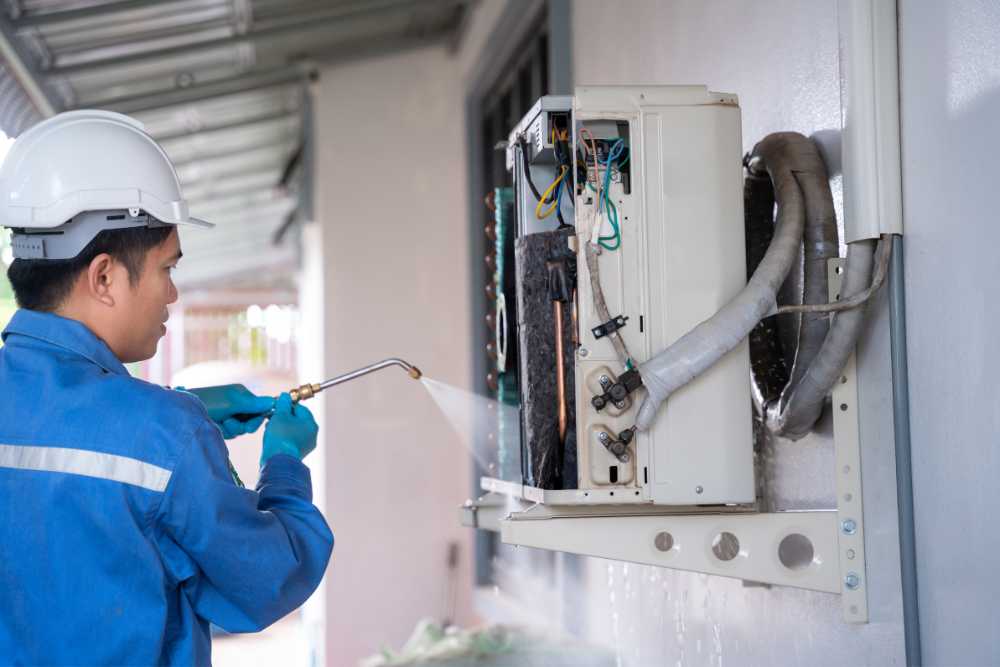
To diagnose a breakdown, it’s necessary to delve deeper into the reasons for the absence of hot air flow from the air conditioner and their accompanying signs.
Breakdowns of the Four-Way Valve and Compressor
These are crucial components of an air conditioner operating in both modes. If the four-way valve isn’t working, the user will notice a flow of unheated air from the air conditioner and will also hear the compressor running. At the same time, in “summer” mode, the air conditioner may work well (normally). A non-functioning compressor will disrupt the operation of the air conditioner in both “summer” and “winter” modes. In this case, you will feel an airflow from the indoor unit. Of course, don’t forget about the display and all the information shown on it.
Ice in the Freon Circuit
The principle of the air conditioner’s operation depends entirely on the free movement of freon in a closed circuit. Ice in the air conditioner’s pipes and channels simply clogs them and prevents the “pumping” of heat. The causes of ice formation are varied:
- Incompetence of the installation organization and employees installing the air conditioner.
- Micro cracks in the circuit.
- Manufacturing defects.
It’s practically impossible to get rid of an ice plug on your own. Although, you can turn on the air conditioner to cooling, and the heated components may save the situation. Switching between “summer” and “winter” modes can help. However, remember that such experiments can lead to malfunctions of other air conditioner elements. Specialized repair teams at STM-climate have the necessary skills and tools to remove ice from the refrigerant circuit.
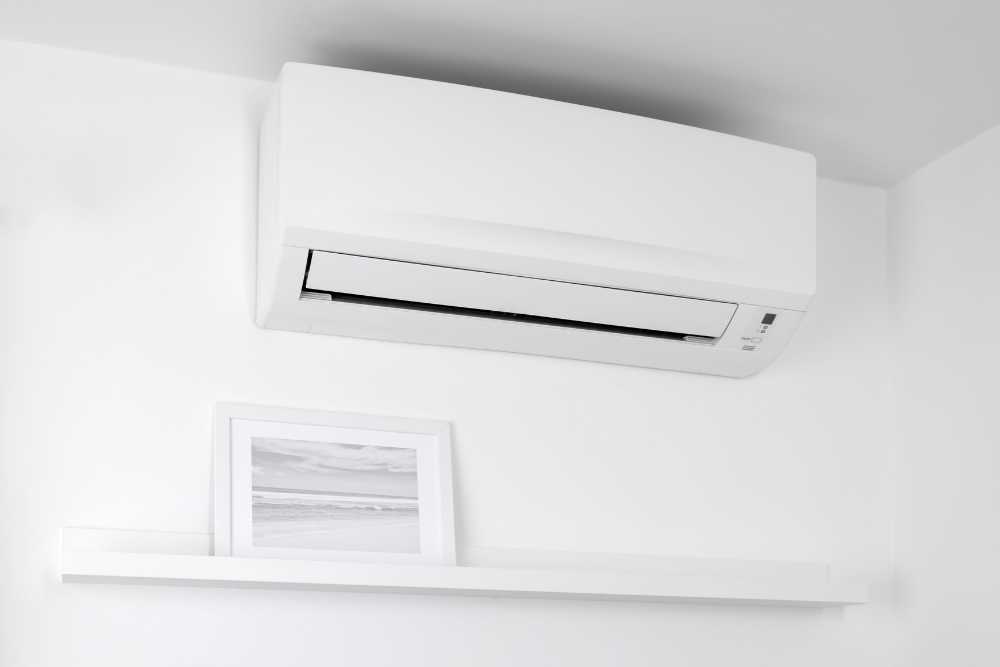
Freon Shortage
Incorrect freon pressure in the system will also lead to poor heating or even its complete cessation. Measuring the pressure in the system and refilling the necessary freon is within the power of a qualified employee. They should:
- Connect to the air conditioner’s fittings.
- Measure the temperature and pressure inside the system.
- Determine the type of refrigerant.
- Accurately dose the required amount.
Unacceptably Low Outdoor Temperature
- This is the most common reason for a non-heating air conditioner that cooled perfectly in the summer. Without a special winter kit, an air conditioner can only operate in heating mode at minimum temperatures between 0°C and +5°C. Carefully study the instruction manual, it explains everything.
- And in all other cases, contact us https://centralstartroy.com/

